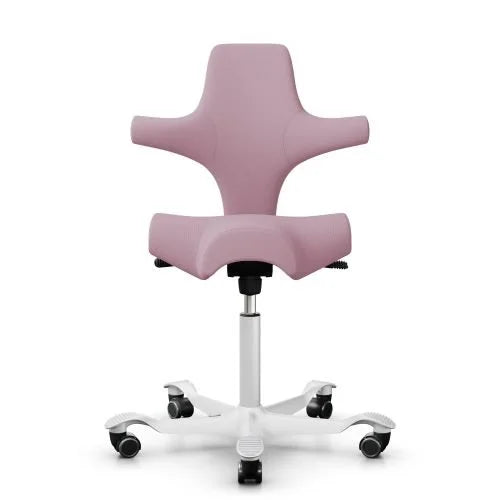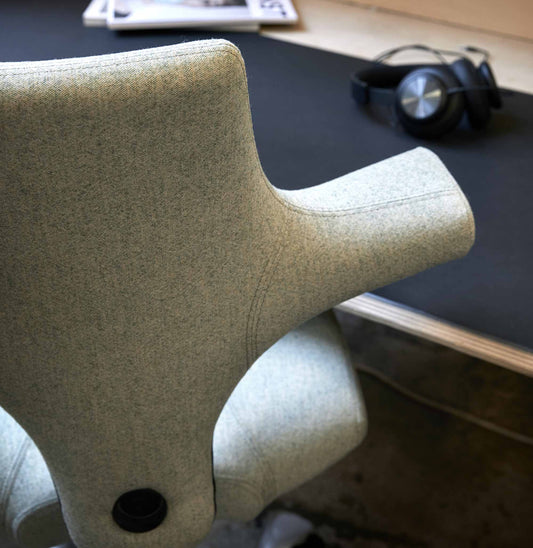A standing desk can revolutionize your workspace by encouraging better posture and minimizing the hazards of a sedentary lifestyle. To truly enjoy the advantages of a standing desk, it's vital to set it at the appropriate height. This guide will help you identify the optimal height for your standing desk to enhance comfort, productivity, and overall well-being.
Grasp the fundamentals of ergonomics: Ergonomics involves designing workspaces, tools, and equipment to suit the user's needs and support efficiency and well-being. For standing desks, the key ergonomic aspects to consider are desk height, monitor height, keyboard and mouse placement, and proper footwear.
Determine the ideal standing desk height: Follow these steps to discover the perfect height for your standing desk:
- Stand upright with relaxed shoulders and feet hip-width apart.
- Bend your elbows at a 90-degree angle, keeping your forearms parallel to the ground.
- Measure the distance from the floor to your elbows. This measurement will provide an approximate desk height that encourages neutral wrist posture and minimizes strain on your shoulders and arms.
Adjust your monitor height and position: The optimal monitor height and placement can help prevent neck and eye strain. Use these recommendations to find the best monitor position:
- Align the top of the monitor at or slightly below eye level.
- Keep the monitor an arm's length away from your eyes.
- Tilt the monitor screen slightly upward (about 20 degrees) to reduce glare and maintain a comfortable viewing angle.
Properly position your keyboard and mouse: Correct keyboard and mouse placement can help avoid wrist strain and maintain comfortable posture. Keep these tips in mind:
- Place the keyboard and mouse on the same surface, near the edge of the desk.
- Make sure your wrists are in a neutral position, without bending upward or downward.
- Utilize a wrist rest or ergonomic keyboard to further decrease the risk of strain.
Select suitable footwear and an anti-fatigue mat: Comfortable, supportive footwear and an anti-fatigue mat can make standing for longer periods more manageable and decrease the pressure on your legs and feet. Invest in a high-quality mat and shoes with excellent arch support and cushioning.
Pay attention to your body and adjust accordingly: Since individual preferences and body proportions vary, it's crucial to listen to your body and modify your standing desk height as needed. If you experience discomfort or strain, make small adjustments to the desk or monitor height and monitor your body's response.
Alternate between sitting and standing: Although standing desks provide numerous benefits, it's important to find a balance between sitting and standing throughout the day. Experts suggest a sit-stand ratio of about 1:1 or 2:1, meaning for every hour of sitting, you should stand for 30 minutes to 1 hour. An adjustable standing desk can simplify switching between positions.
In conclusion, identifying the perfect standing desk height is crucial for maximizing ergonomic benefits and ensuring long-term comfort and productivity. By adhering to the guidelines in this comprehensive guide, you'll be well-equipped to establish a healthier, more comfortable, and productive workspace. Remember to listen to your body, make adjustments as required, and maintain a balance between sitting and standing throughout the day.








